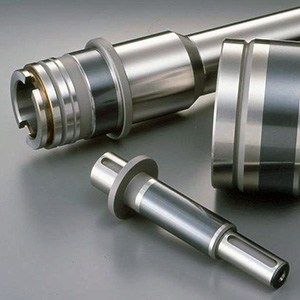Richard King
Diamond
- Joined
- Jul 12, 2005
- Location
- Cottage Grove, MN 55016
Rich,I haven't seen the ceramic coating before. Having seen millwrights at work, I'd be more than a little worried about fragility. For a precision spindle rebuild however, I expect millwrights shouldn't be within a country mile. I looked at your link but there's nothing about the ceramic coating process. I will do some googling.

Spindle Shafts, Spindle Units | NB Spindle Products | Nippon Bearing
With flexible manufacturing, precision machining capabilities, and innovating surface treatments among the many key benefits, it's clear why customers choose NB for their spindle shaft manufacturing needs. No matter the industry, the NB Spindle is backed by expertise & suited for a variety of...
 www.nbcorporation.com
www.nbcorporation.com
Last edited:

